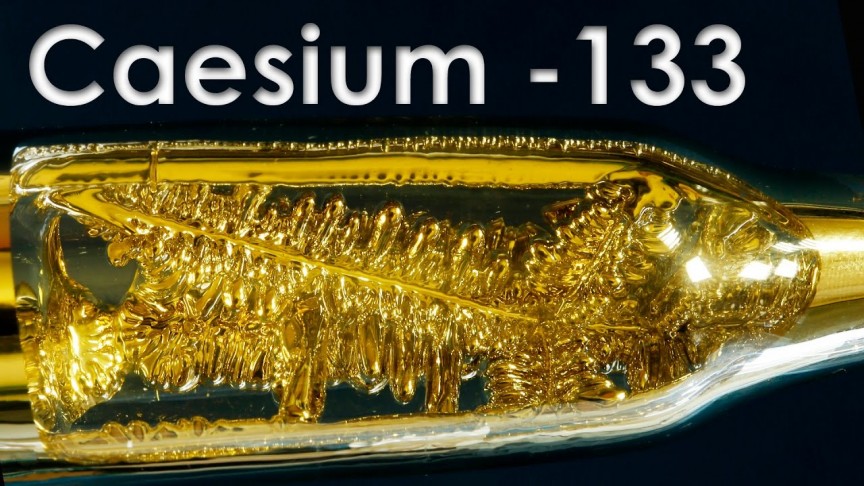

Aluminum Nitrate Cesium Chloride Buffer Solution.Known as the “cesium standard,” this frequency is the primary time standard for the definition of the second and is critical to the data transmission infrastructures of cell phone networks, GPS, and the internet. The most accurate commercially available atomic clocks keep time using the oscillation of the cesium-133 atom’s 9193 MHz hyperfine transition frequency. Early ion propulsion engines for space exploration used cesium as a propellant until xenon became the standard. Thermionic energy converters use a vapor of cesium ions to determine the work function of the electrodes. In commercial and industrial applications, cesium salts can serve as catalyst promoters, glass strengtheners, components of photoelectric cells, crystals in scintillation counters, and “getters” in vacuum tubes cesium formate brines are commonly utilized in oil drilling to lubricate drill bits and maintain pressure. X-ray radiotherapy in cancer treatment often employs radioactive isotope cesium-137. Laboratories use cesium compounds for various organic chemistry functions such as the hydrogenation of organic compounds or, in the case of cesium fluoride, as a source of the fluorine anion. Oxygen-free metallic cesium can also be produced via the thermal decomposition of cesium azide (CsN 3). Bunsen and Kirchhoff gave the new element a name based on the Latin word caesius (sky or heavenly blue) for the two brilliant blue lines emitted in its spectrum.Ĭesium is the 45th most abundant element on earth, found in the minerals pollucite, avogadrite, pezzottaite, londonite, rhodizite, beryl, and some potassium ores the primary commercial source of metallic cesium is from the mining of pollucite, while cesium radioisotopes are produced from nuclear reactor waste. Cesium was also the first element to be discovered via spectroscopy by German scientists Robert Bunsen and Gustav Kirchhoff, who had invented the technology the previous year. Only one of cesium’s known isotopes is stable ( 133Cs), but its total of 39 makes it tied with xenon as the two elements with the most amount of known isotopes.


Cesium melts at 28 ☌, making it one of three elements (the others being gallium and mercury) that are liquid at or near room temperature mercury is the only element with a lower melting point. The heaviest of the stable alkali metals, cesium is silvery-gold in appearance, ductile, and the softest element on the periodic table at 0.2 on the Mohs scale. Though cesium is only mildly toxic, it is classified as hazardous because of its high reactivity and is usually packaged in glass ampoules in a vacuum or under an inert gas such as argon. With one electron in its sixth and outermost shell, cesium (or caesium) is the most electropositive of all stable elements on the periodic table: the metal is extremely pyrophoric, spontaneously igniting when it comes into contact with air and exploding violently in water or ice at any temperature above -116 ☌. American Elements: The Materials Science Company™ | Certified bulk & lab quantity manufacturer of metals, chemicals, nanoparticles & other advanced materials


 0 kommentar(er)
0 kommentar(er)
